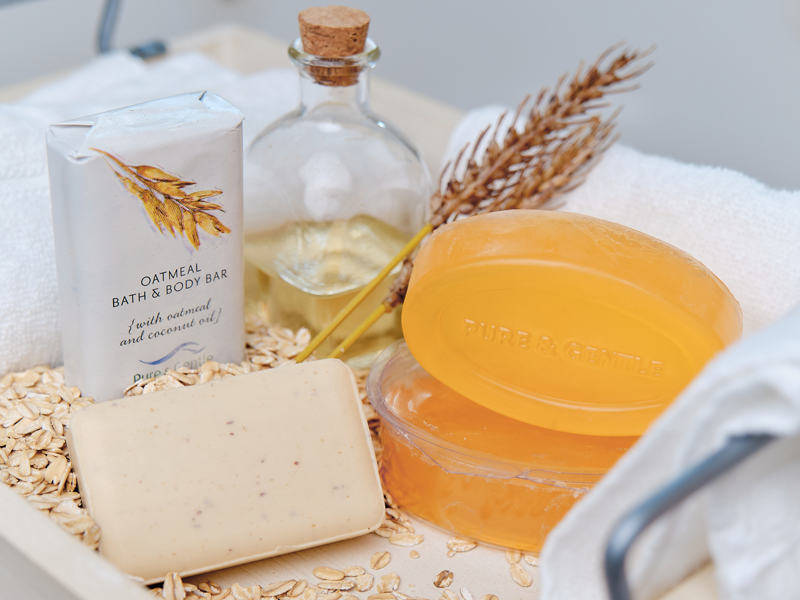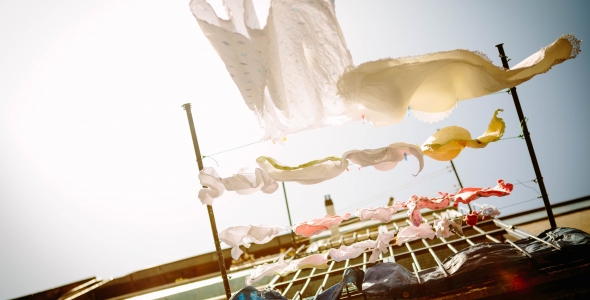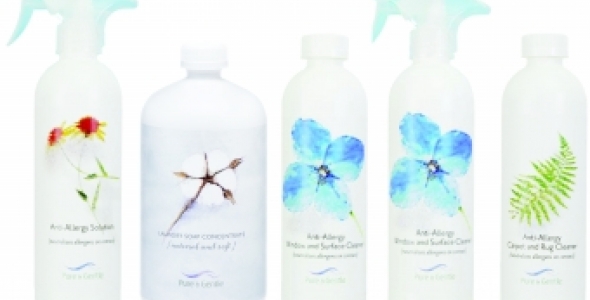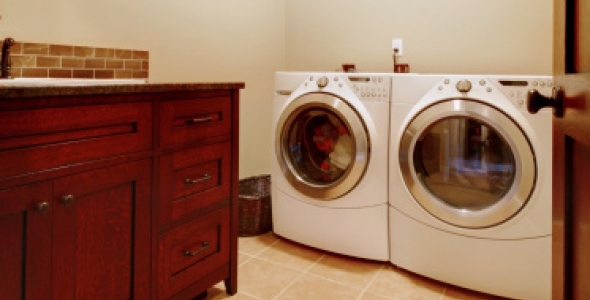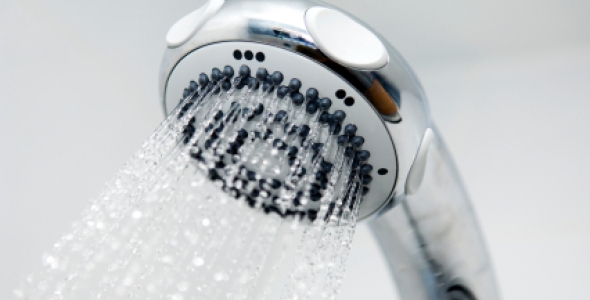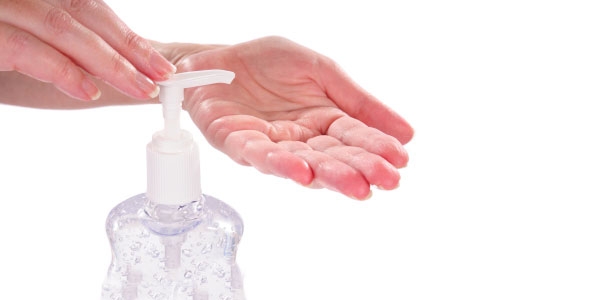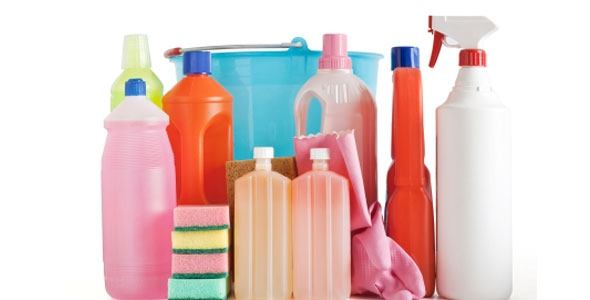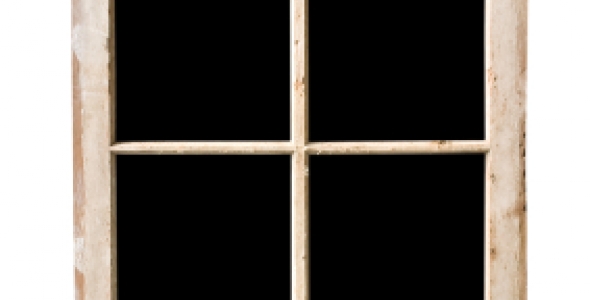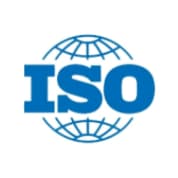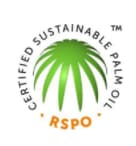Disinfectants are well known as the cleaners used to kill germs; we use them in order to completely sterilize an area, but beyond that, many of us have very little idea as to how or why these products work. When employing these kinds of commercial cleaning products, it is always a good idea to understand what goes into them, so here we will further explore the world of disinfectants.
Antimicrobial
Disinfectants are antimicrobial agents used in order to eradicate micro organisms, but it is also important to note that, while they can be potentially harmful to human and animals, they should not present any great risk to a living organism. Even so, due care is necessary.
Germinators
Disinfectants are mainly used to kill germs. There are many different kinds of disinfectants that can be used to achieve this, such as iodine, chlorine bleach solutions, phenol based disinfectant cleaners, and so on. In order for them to safely do their job though, they must first be diluted.
While all these differ by name, the way in which they kill the germs always remains the same. They work by oxidizing the germs and breaking down their cell walls. By blocking the energy-yielding and synthetic process of the germs, a disinfectant disrupts the physical makeup of germs, thus rendering them impotent.
Naturally Clean
The phosphates in some disinfectants can be very harmful to the environment in that, when discarded, they can pollute the water. Just because disinfectants are powerful commercial cleaning products, however, does not mean they have to be highly toxic or chemical-based.
Sunlight is actually a form of disinfectant. The UV rays produced by the sun are very powerful in killing various germs and bacteria, proving how defenses against microorganisms are naturally-occurring. Similarly, PGI’s San All Disinfectant Cleaner is EPA-registered and yet contains all natural ingredients, without compromising on germ-killing strength.







